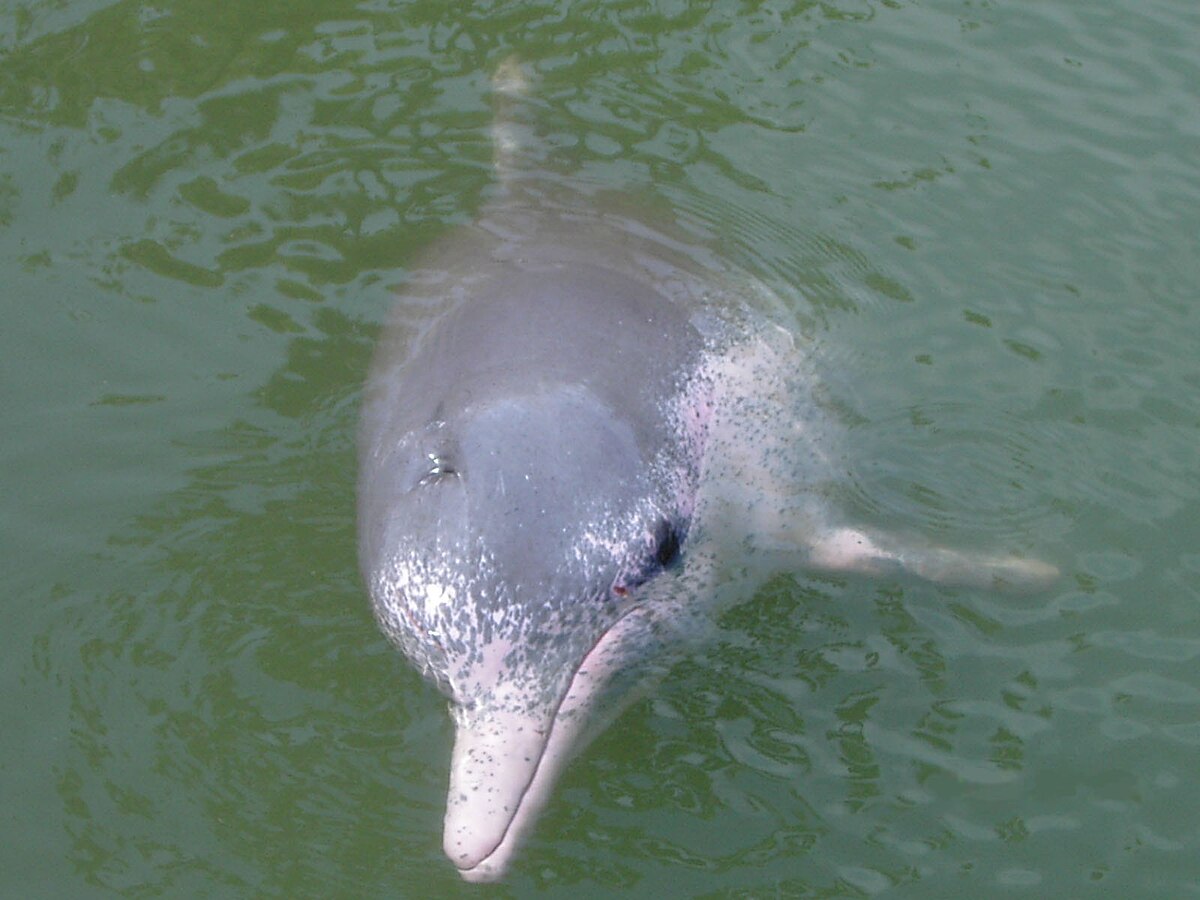
Indo-Pacific Humpback dolphin
The Indo-Pacific humpback dolphin (Sousa chinensis) is a species of humpback dolphin found in the coastal waters of the eastern Indian and western Pacific Oceans.In much of Asia it is referred to as the Chinese white dolphin Some biologists regard the Indo-Pacific dolphin as a subspecies of the Indian Ocean humpback dolphin which ranges from East Africa to India, though DNA testing studies have shown that the two are distinct species. A new species, the Australian humpback dolphin, was split off from this species and recognized as a distinct species in 2014. There are still need of clarification of the Indian Ocean-type and Indo-Pacific-type humpback dolphins and telling them apart.
Two subspecies of the Indo-Pacific humpback dolphin are currently recognized:
- S. c. chinensis, or the Chinese humpback dolphin – fewer than 100 of this group remain
- S. c. taiwanensis, or the Taiwanese humpback dolphin – fewer than 100 of this group remain
Females reach sexual maturity at 10, while males do at 13. Gestation is 11 months, and rearing takes 3-4 years. The Indo-Pacific humpback dolphin is threatened by habitat loss, water pollution, coastal development, overfishing and an increase in marine traffic within its range. In 2015 the Indo-Pacific humpback dolphin was classed as “vulnerable” on the IUCN Red List of Threatened Species. In 2013 the number of dolphins around Hong Kong halved – it is thought because of pollution.
There is a dolphin-watching industry, that has been going around 30 years, in this area.
It is listed on CITES Appendix ii.











